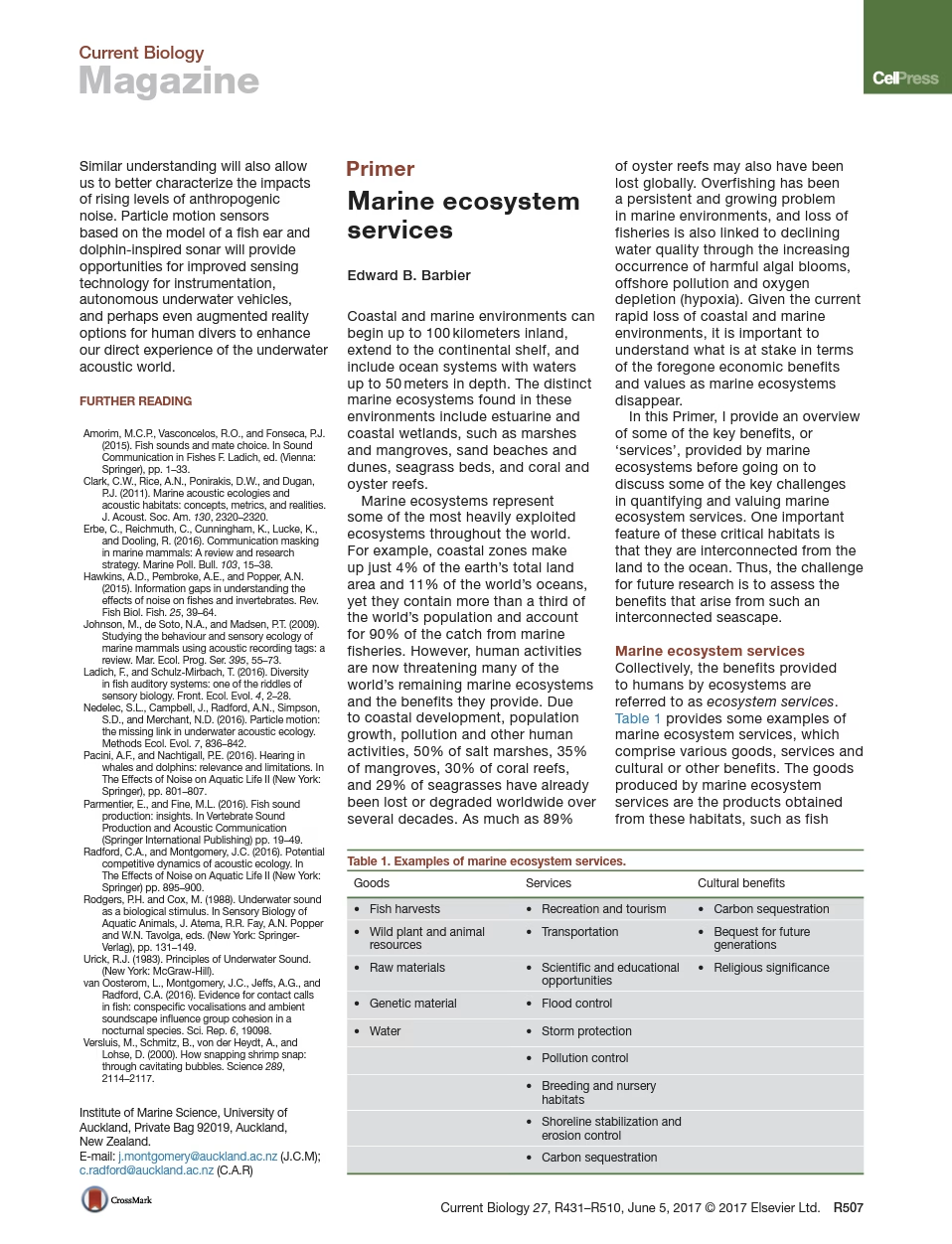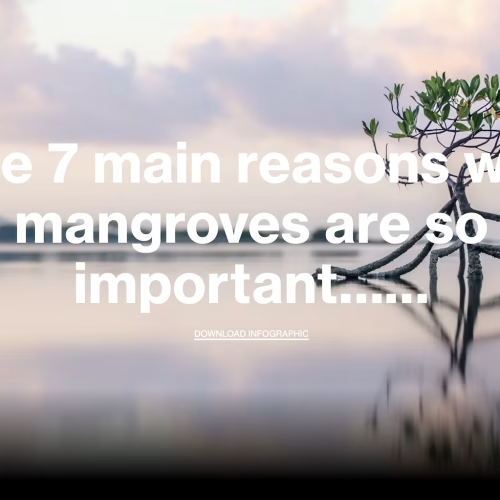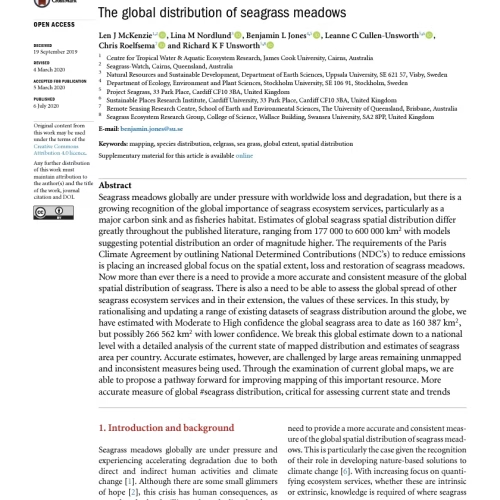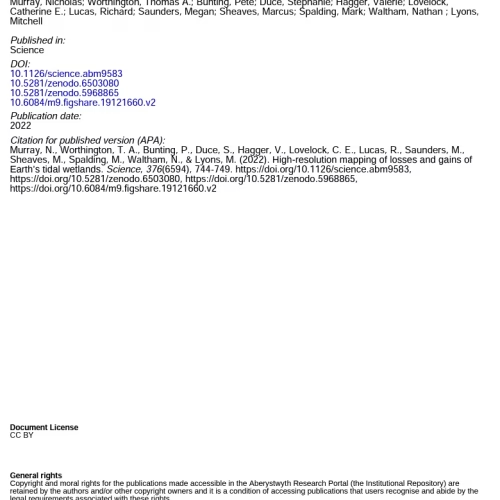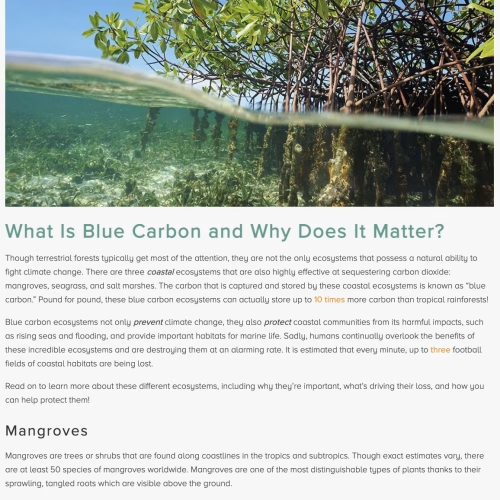Description
Marine ecosystems represent some of the most heavily exploited ecosystems throughout the world. For example, coastal zones make up just 4% of the earth’s total land area and 11% of the world’s oceans, yet they contain more than a third of the world’s population and account for 90% of the catch from marine fisheries. However, human activities are now threatening many of the world’s remaining marine ecosystems and the benefits they provide. Due to coastal development, population growth, pollution and other human activities, 50% of salt marshes, 35% of mangroves, 30% of coral reefs, and 29% of seagrasses have already been lost or degraded worldwide over several decades. As much as 89% of oyster reefs may also have been lost globally. Overfishing has been a persistent and growing problem in marine environments, and loss of fisheries is also linked to declining water quality through the increasing occurrence of harmful algal blooms, offshore pollution and oxygen depletion (hypoxia). Given the current rapid loss of coastal and marine environments, it is important to understand what is at stake in terms of the foregone economic benefits and values as marine ecosystems disappear. In this Primer, the author provides an overview of some of the key benefits, or ‘services’, provided by marine ecosystems before going on to discuss some of the key challenges in quantifying and valuing marine ecosystem services. One important feature of these critical habitats is that they are interconnected from the land to the ocean. Thus, the challenge for future research is to assess the benefits that arise from such an interconnected seascape.

